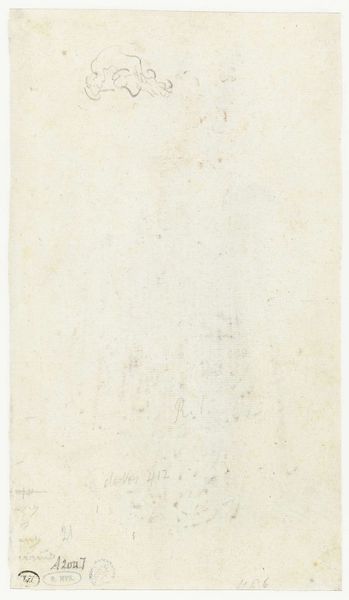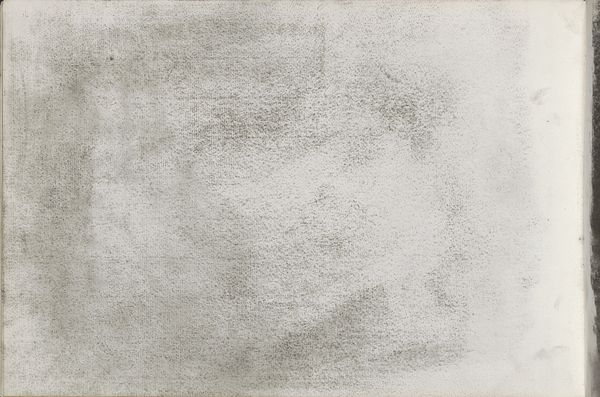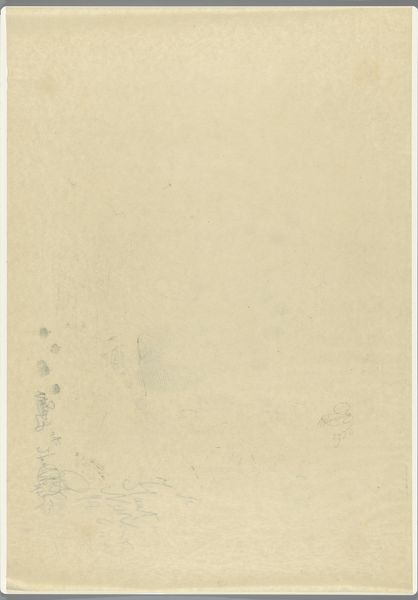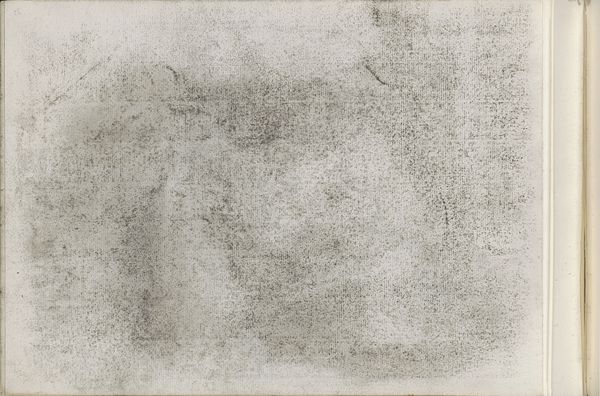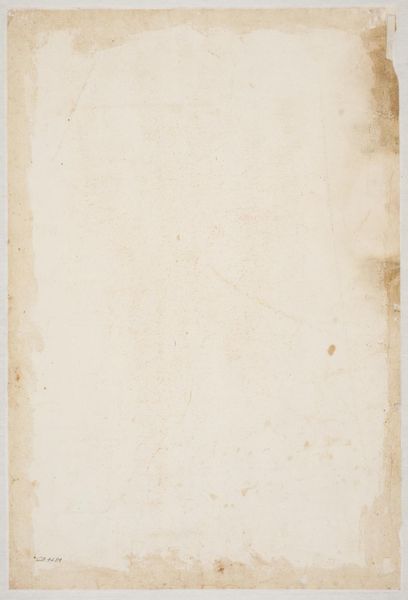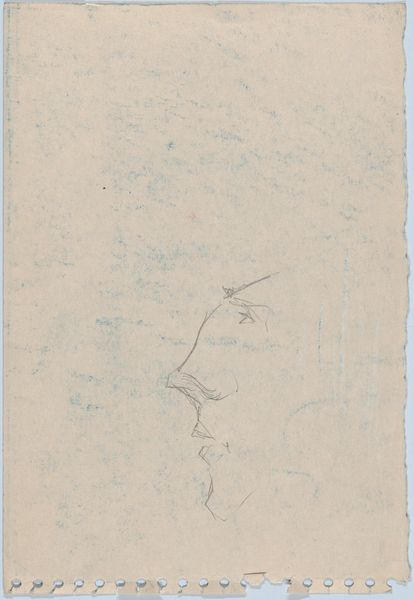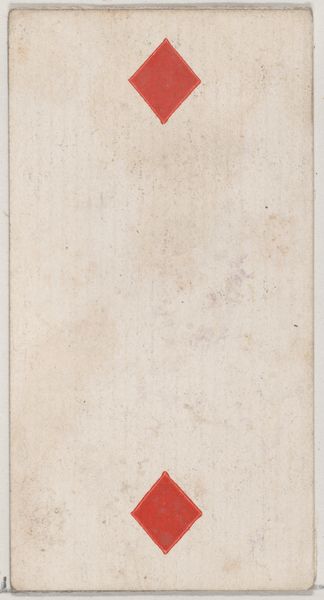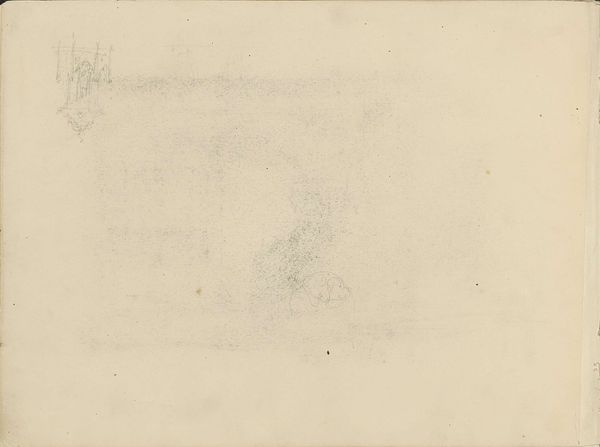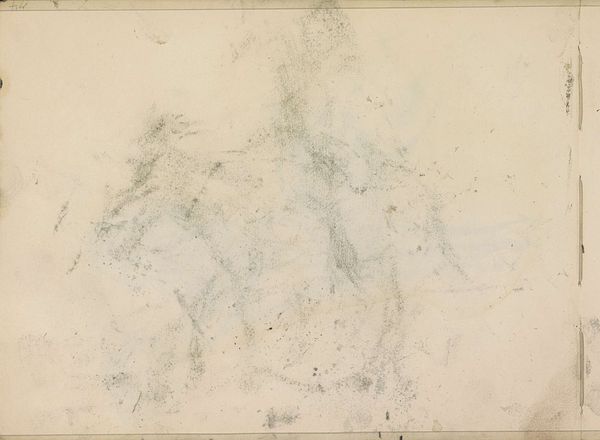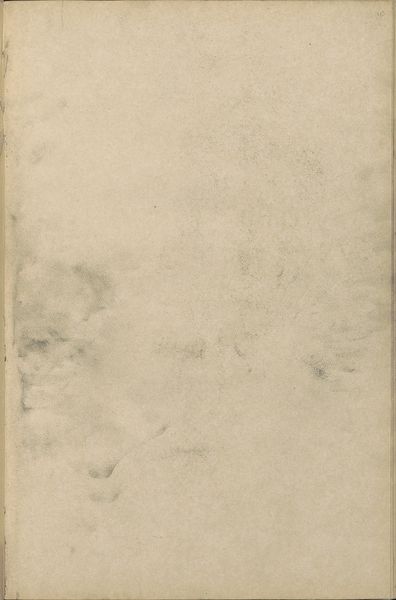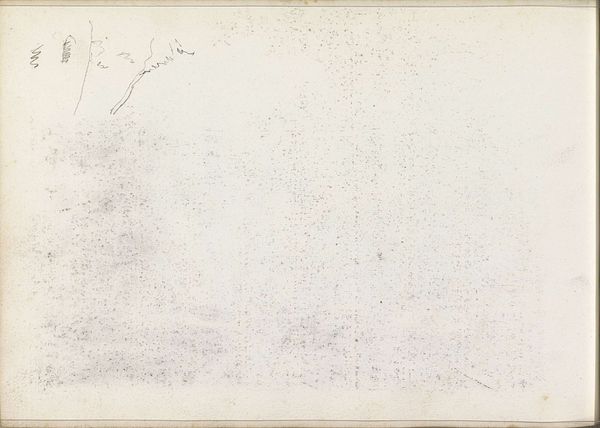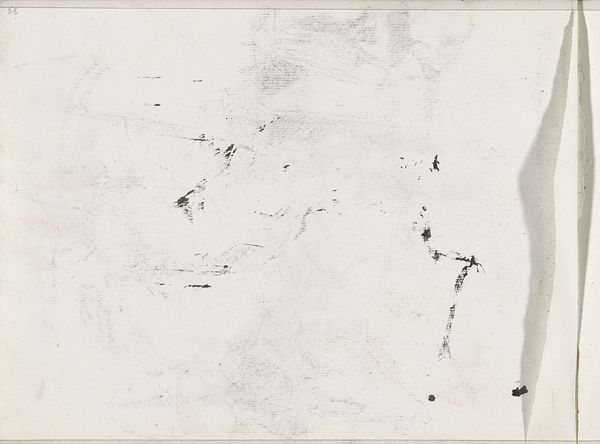
Dimensions: height 159 mm, width 135 mm
Copyright: Rijks Museum: Open Domain
This artwork, "Vier putti bij een vaas," was made in the 18th century by Bernhard Schreuder, using paper and what is known as "hoogsel". 'Hoogsel' is a technique of applying white highlights to a drawing or print, giving it a sense of depth and luminosity. Here, it seems that Schreuder used this technique to subtly bring out the forms of the putti figures and the vase, creating an ethereal, almost ghostly effect. Although the drawing appears simple, the use of hoogsel suggests a skilled hand and an understanding of how to manipulate light and shadow. It elevates the drawing beyond a mere sketch, hinting at the importance of craftsmanship. In the 18th century, the art market was increasingly driven by a demand for refined, elegant works. The use of 'hoogsel' in this drawing speaks to that culture of taste, where even a seemingly modest work could demonstrate an artist's ability to transform humble materials into something beautiful and precious.
Comments
No comments
Be the first to comment and join the conversation on the ultimate creative platform.
